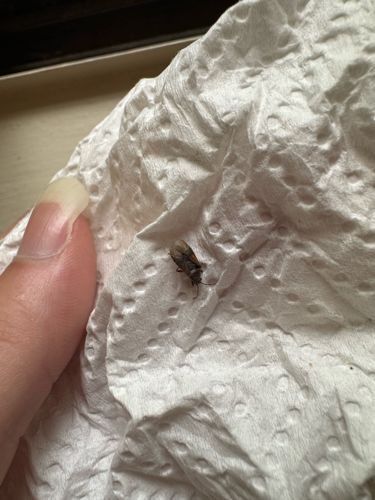Drain Fly
Scientific Name: Psychodidae
Order & Family: Diptera: Psychodidae
Size: 1.5 - 5 mm (0.06 - 0.2 inches) in length

Natural Habitat
Damp environments, particularly around drains, sewers, septic tanks, and areas with standing water or decaying organic matter. They are often found indoors.
Diet & Feeding
Larvae feed on decaying organic matter, sludge, algae, and microorganisms found in damp environments. Adults typically do not feed or feed on nectar/water.
Behavior Patterns
Poor fliers, often seen walking or making short, erratic flights. They are most active during the evening and night. Females lay eggs in moist, decaying organic material. The life cycle from egg to adult can be as short as 1-3 weeks depending on conditions.
Risks & Benefits
Potential Risks: Can be a nuisance due to their presence, especially in large numbers. While not known to transmit diseases to humans, they can carry bacteria from their breeding sites to surfaces. Allergic reactions to their dust or shed body parts can occur in sensitive individuals. Potential Benefits: In some ecosystems, larvae contribute to the breakdown of organic waste.
Identified on: 9/5/2025